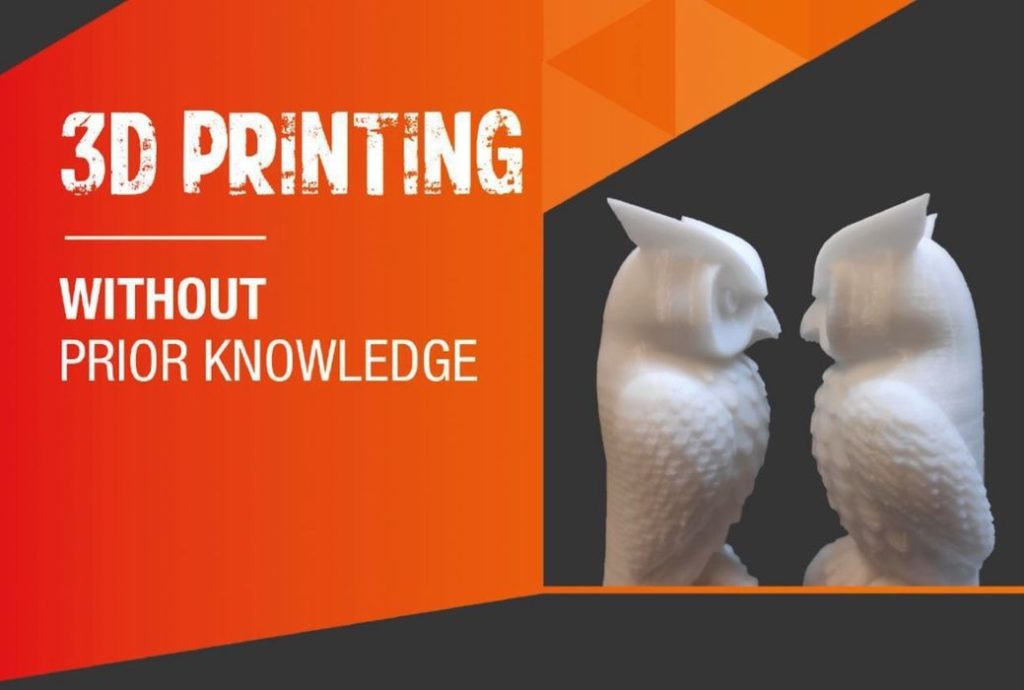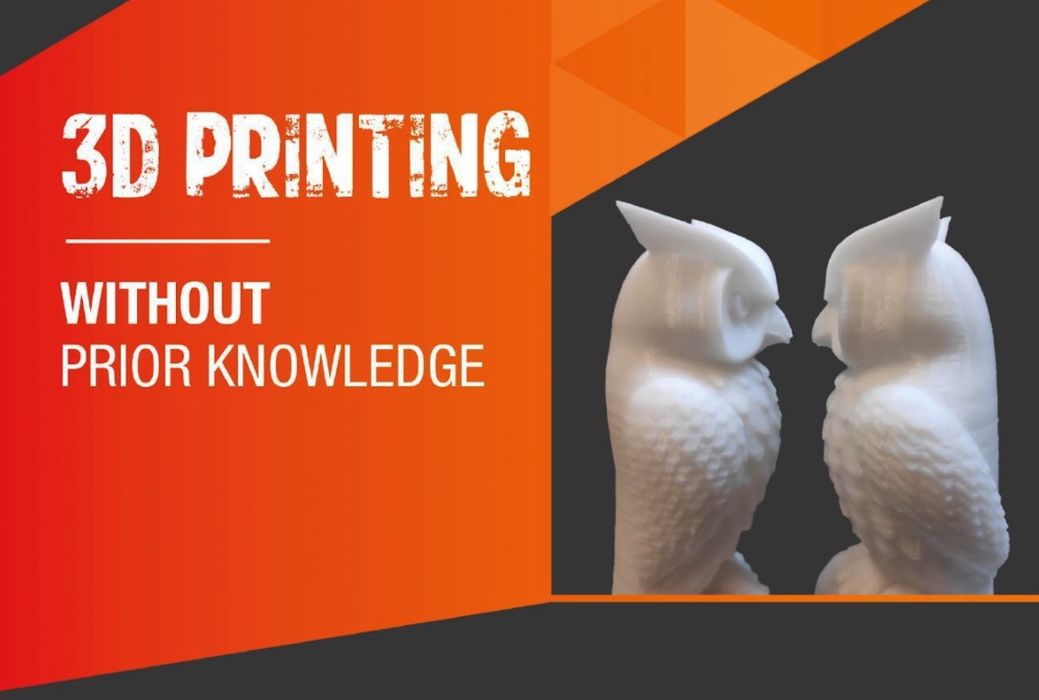
This week’s selection is “3D Printing Without Prior Knowledge” by Benjamin Spahic.
Yes, this is another introductory book on 3D printing, but it’s a good one.
Today’s major desktop 3D printer manufacturers produce many thousands of machines each week, and certainly they don’t all go to people who already know how to operate them. In fact today might be the day in history when the most newcomers receive their first 3D printer.
And all of those people are going to go through a learning period where they make all the mistakes the rest of us have done. That’s the only way to truly understand 3D printing: make mistakes and learn. There are still far too many people that think 3D printing is a magic technology that works.
The truth is that it does work, but only with a lot of effort and knowledge.
A guidebook such as this one can make that process faster and more efficient.
The book focuses only on FFF 3D printing technology; resin 3D printers and other more advanced industrial gear is not mentioned at all. That is probably a good approach, as newbie 3D printer operators almost certain start with FFF equipment and only later move on to resin gear.
The book begins by defining several types of FFF 3D printers, cartesian, delta and polar. The latter two are rarely seen these days, so the remainder of the book deals with standard cartesian systems.
The key components of a cartesian system are described, and this is important because diagnosing problems later will require knowledge of the component types, particularly when reading advice on what to do.
A chapter explains the six major materials most frequently found on FFF spools: PLA, ABS, ASA, PETG, TPU and Nylons. However, most initial operators will most certainly want to stay with PLA or perhaps PETG as they are the easiest to print.
Spahic spends a chapter examining the process of choosing a 3D printer. In the past I’ve often heard newbies buy printers “because they are big”, which is perhaps the worst approach possible. Here Spahic explains the various factors that should actually be used during a purchase decision.
One area that is often unmentioned by guide books is maintenance. This is frequently ignored by most new 3D printer operators, and it eventually lands you in some operational trouble. Spahic explains the basics of 3D printer maintenance, and even recommends a schedule of activities.
Troubleshooting is covered in a separate chapter, where Spahic explains ten different failure scenarios that are commonly encountered. This could be the most valuable part of the book, as new operators almost instantly run into these issues.
If you’re a new 3D printer operator, or hoping to become one, this could be a very good book for you.
We’re an Amazon Associate and earn a small fee from qualifying purchases. Help support our 3D print news service by checking out this book!
Via Amazon

